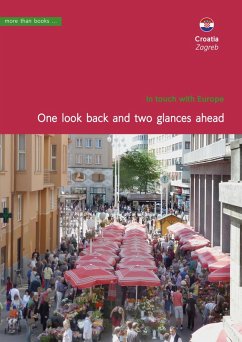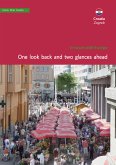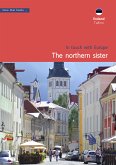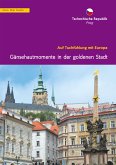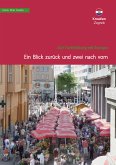Croatia and its capital Zagreb were the fourth stop on Christa Klickermann’s European journey. Lavender blossom in Hvar, the picturesque ancient towns of Rovinj, Opatja, Split, Porec and Dubrovnik, the picture-perfect fishing villages of Rastoke and Trogir, along with secluded beauty on the island of St Andrea – the Hamburg-based Austrian had visited Croatia’s stunning towns, as well as its romantic islands and bays, countless times in the past. The country’s capital Zagreb, on the other hand, was uncharted territory. Would she be just as pleasantly surprised by the capital as she was by Croatia and the Croats on her previous visits? Or would her journey to the country’s interior lead to grey and outdated Eastern Bloc charm and the decaying relics of unimaginative socialist town planners? When her local bookshop owner in Bavaria tells her they don’t stock any travel guides for Zagreb because “no one goes there”, Christa is both surprised and unsettled. But the capital of the 28th and newest member state of the EU is a surprise package. Instead of monochrome Eastern Bloc charm, she encounters a young, diverse city that is well on its way to becoming a modern, European capital, along with people who know that maintaining close ties to their families, culture and their natural treasures is precisely what makes them special.
Bitte wählen Sie Ihr Anliegen aus.
Rechnungen
Retourenschein anfordern
Bestellstatus
Storno

